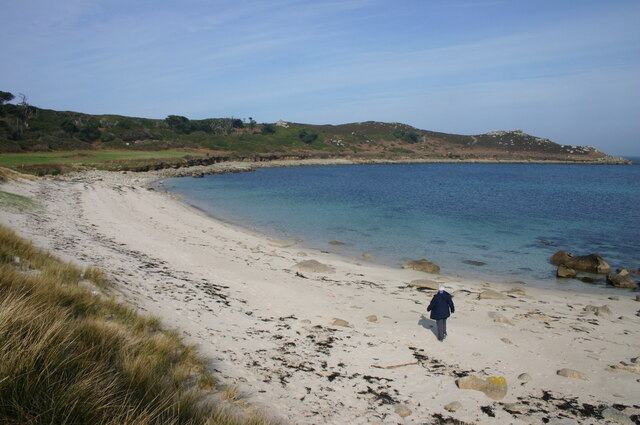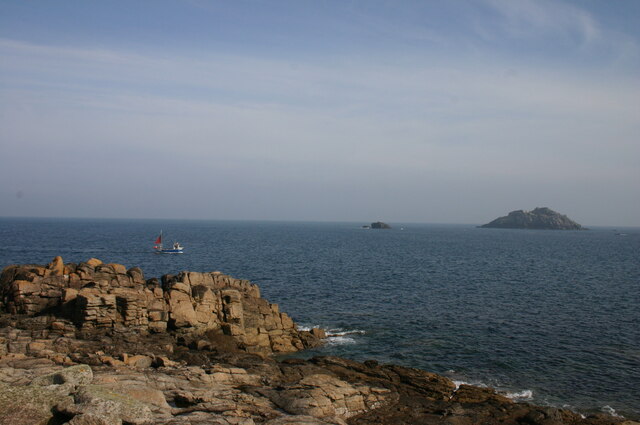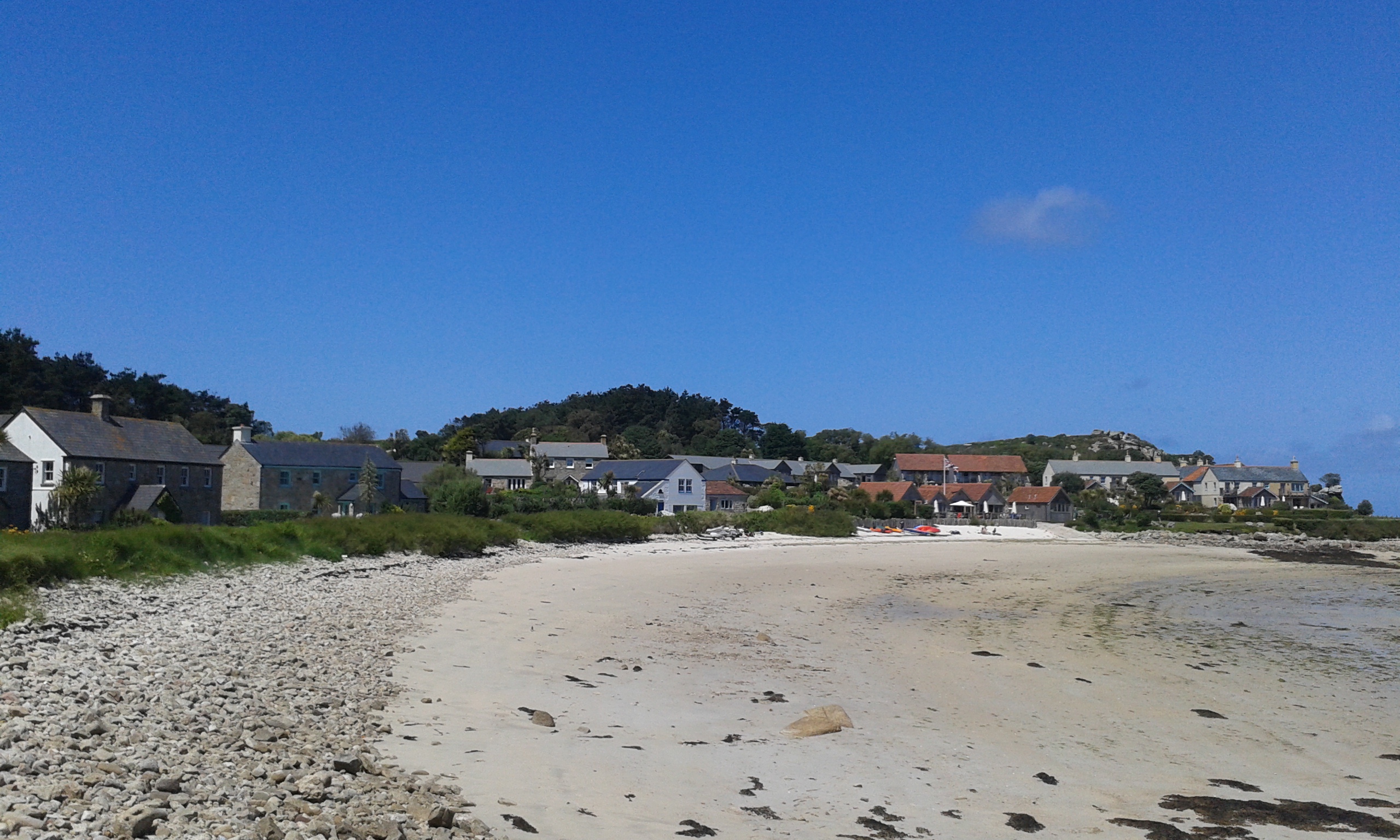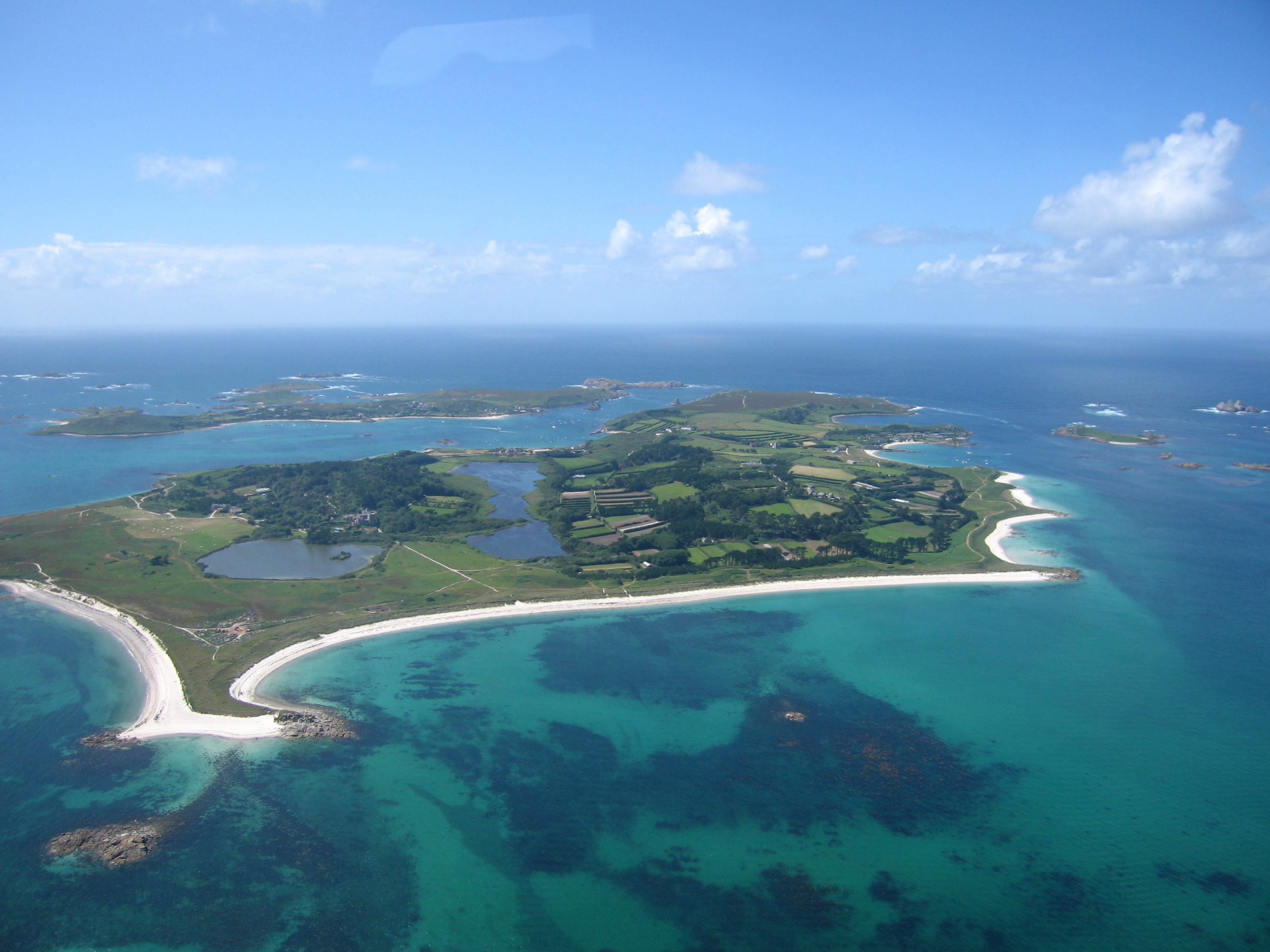Lump of Clay Ledge
Island in Cornwall
England
Lump of Clay Ledge

Lump of Clay Ledge is a small island located off the coast of Cornwall, England. It is situated in the Celtic Sea, approximately 3 miles southwest of Land's End. The island is named after its distinctive feature, a large rocky outcrop that resembles a lump of clay.
Measuring about 250 meters in diameter, Lump of Clay Ledge is relatively small in size. It is composed mainly of granite and is surrounded by rugged cliffs, which reach heights of up to 30 meters in some places. The island is uninhabited and lacks any permanent structures or facilities.
Due to its isolated location and challenging terrain, Lump of Clay Ledge is not easily accessible. It is only accessible by boat during low tide, and even then, caution must be exercised due to the treacherous waters and rocky coastline. The island is popular among adventure seekers and nature enthusiasts who enjoy exploring its rocky shores, observing seabirds and marine life, and admiring the stunning coastal scenery.
Lump of Clay Ledge is known for its rich biodiversity, with various species of seabirds, including gulls and cormorants, nesting on its cliffs. The surrounding waters are also home to diverse marine life, including seals and dolphins, making it a popular spot for wildlife watching.
While Lump of Clay Ledge offers a unique and picturesque destination for visitors, it is important to note that the island is subject to natural erosion and weathering. Therefore, visitors are advised to respect the fragile ecosystem and tread lightly to preserve the island's natural beauty.
If you have any feedback on the listing, please let us know in the comments section below.
Lump of Clay Ledge Images
Images are sourced within 2km of 49.959407/-6.3210062 or Grid Reference SV9015. Thanks to Geograph Open Source API. All images are credited.













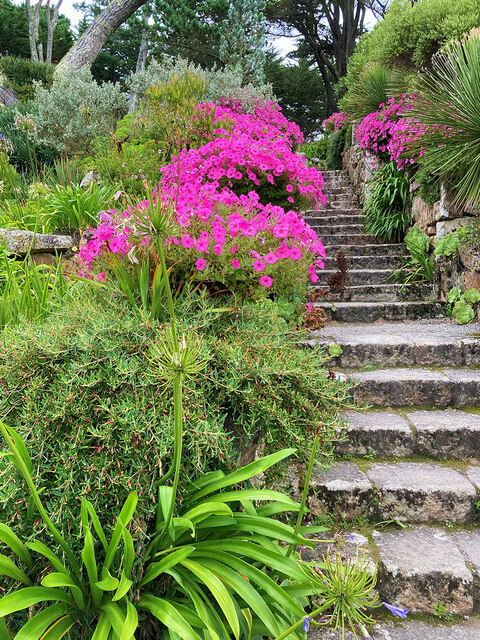
Lump of Clay Ledge is located at Grid Ref: SV9015 (Lat: 49.959407, Lng: -6.3210062)
Division: Isles of Scilly
Unitary Authority: Isles of Scilly
Police Authority: Devon and Cornwall
What 3 Words
///dispenser.awards.tastings. Near Tresco, Isles of Scilly
Nearby Locations
Related Wikis
Old Blockhouse
The Old Blockhouse, also known as the Dover Fort, is a 16th-century fortification on the island of Tresco in the Isles of Scilly. It was built between...
Old Grimsby
Old Grimsby (Cornish: Enysgrymm Goth) is a coastal settlement on the island of Tresco in the Isles of Scilly, England. It is located on the east side of...
Tresco, Isles of Scilly
Tresco (Cornish: Enys Skaw, lit. 'island of elder-trees') is the second-biggest island of the Isles of Scilly. It is 297 ha (1.15 sq mi) in area, measuring...
St Nicholas's Church, Tresco
St Nicholas's Church, Tresco, is a parish church in the Church of England located in Tresco, Isles of Scilly, UK. == History == Originally two old cottages...
Nearby Amenities
Located within 500m of 49.959407,-6.3210062Have you been to Lump of Clay Ledge?
Leave your review of Lump of Clay Ledge below (or comments, questions and feedback).
